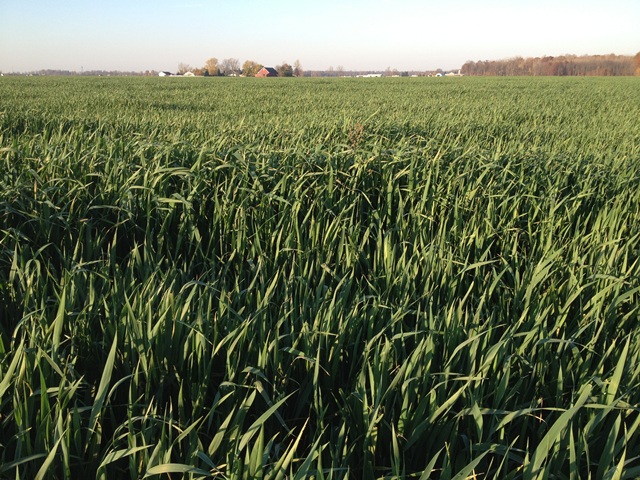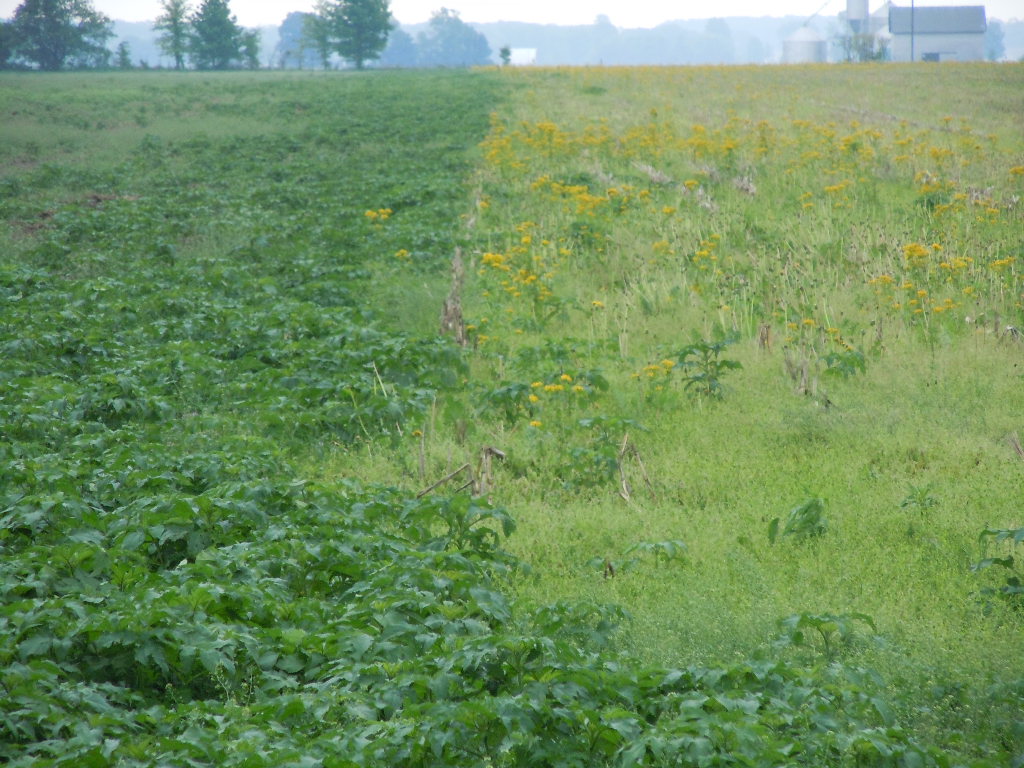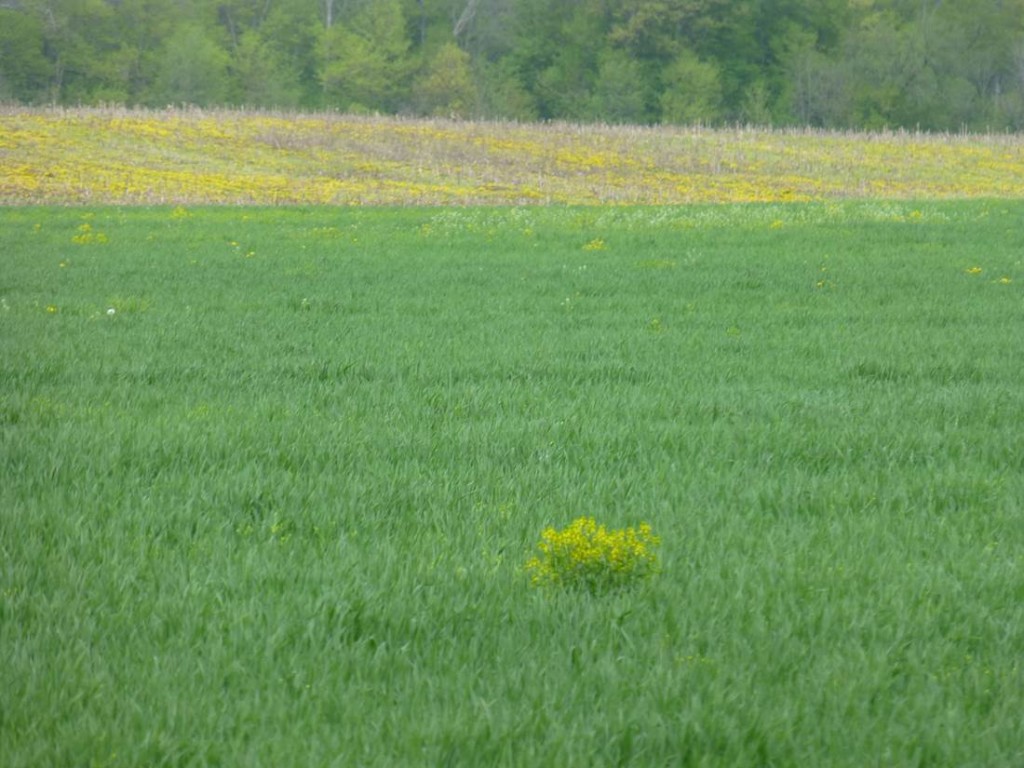Cover Crops and Prevented Plant Information Guidance
In late June I was on a farm in west central Wisconsin with two farmers that had over 3,000 of their nearly 6,000 acres that were too wet to plant in 2013. This is an example of what I have seen and heard and read on personal farm calls, numerous phone calls, and multiple e-mails […]
Cover Crops and Prevented Plant Information Guidance Read More »


